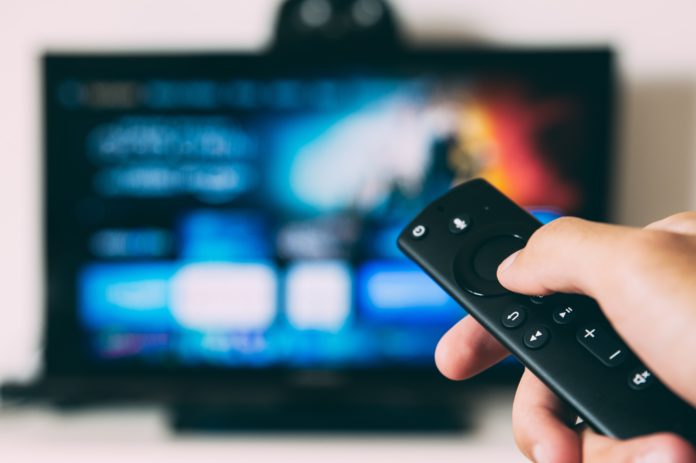By: Nick Gambino
According to a report from Nielsen, we humans are officially streaming more movies and shows than watching cable TV. This is a first in the history of streaming. It’s beaten out broadcast TV before but never cable.
Obviously, we owe this in part to less “content” being made for cable and more attention and resources shoved at on-demand streaming services. Now, this doesn’t mean more people are watching streaming platforms than any other outlet, but if you spread it out, you’ll see they take the lion’s share of our eyeballs.
“From June 2022, cable usage dropped 2%, resulting in a loss of 0.7 share points,” the Nielsen report reads. “From last July, cable usage was down 8.9% and 3.3 share points. Engagement with cable genres was fairly flat in July, with sports posting the biggest decline – dropping 15.4% for the month and 34% from a year ago.”
Their little pie chart, showing how our infatuation as viewers of content is divided up, says 34.8% of our collective watch time was spent on streamers like Netflix, YouTube, Hulu, and Prime Video. Those were the top identified services, but the top streamer spot belongs to the vague “other streaming” category at 10.2%.
Nielsen does note that no individual service came even close to beating out cable all by themselves. I would think not. There’s a reason streaming is giving cable and even broadcast a run for their money and that’s variety. If Netflix was going it alone like they were in the old days, traditional TV viewing would still be king. With a plethora of streamers to choose from with eclectic and varied titles, there’s enough to keep any user happy, never needing to wander.
Another point that they made sure to make was that we’re not seeing a lot of sports broadcasts at this time of year. NFL preseason has just kicked off and basketball has yet to start. Come August, and definitely September, I think we’ll be seeing a different story. Once we get further down the line and streamers acquire exclusive rights to MLB, NFL, NBA, and other popular games, I’m sure they’ll once again take the spot from cable.
Meanwhile, broadcast TV is over there like the red-headed stepchild, claiming a 21.6% share. Of course, they’ll get a boost when we’re heavy into sports seasons, but it’s hard to ignore the fact that they’re living in an even more archaic model than cable.










